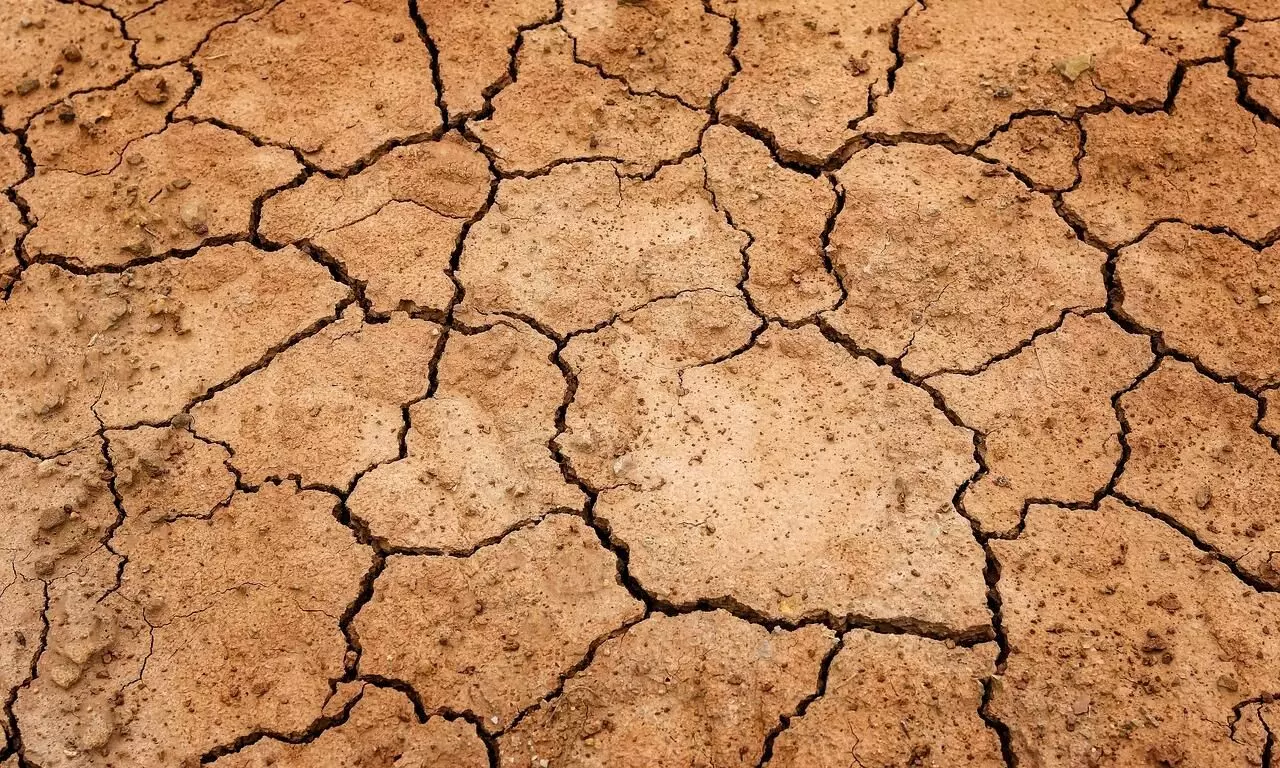
REPRESENTATIONAL IMAGE
Guwahati, Sept 27: Recent weather studies have shown that meteorological drought (significant rainfall departure) occurs in Assam for about five months a year.
Studies have also established terminal drought as common during the monsoon season.
"We are witnessing in- creasing weather variations characterised by meteorological drought, i.e., significant rainfall departure, in the State. Studies show that during the period from 1951 to 2020, a total of 54 years were affected by drought in August in at least one of the 35 total districts in Assam," Prof RL Deka, Head of Agro-Meteorology, Assam Agriculture University (AAU) told The Assam Tribune.
Similarly, 53 years of the total 70 years (from 1951 to 2020) were affected by drought in September in at least one of the 35 total districts in Assam.
Charaideo district witnessed the highest number of August droughts (14 years), while Lakhimpur, Biswanath and Bongaigaon districts had the highest number of September droughts with 14 years.
In recent years, there have been frequent intermittent dry spells experienced during the Sali rice-growing season, causing extensive damage to the rice crop. The decrease in June to October rainfall and in- creased rainfall variability in June, September, and October have increased the probability of dry spells.
Major droughts in 2005-2006 and 2008-2009 were largely attributable to a lack of rainfall in the monsoon months. "Disturbingly, the growing weather variations vis-à-vis rainfall could mean more such drought-like situations in the days ahead. As there have been abrupt and extreme rainfalls during the monsoons, flash floods have also posed a danger to cultivation," a source in the Agriculture Department said.
On the strategies to cope with drought, Prof Deka said that specific adaptation strategies such as an adjustment in the sowing/transplanting window of crops, strengthening of breeding strategies that aim to develop climate-resilient crop varieties and strengthening of early warning systems for droughts should be developed in the face of changing rainfall behaviour.
"Crop-based adaptation strategies like alternate crops and varieties tolerant to seasonal drought, crops or varieties fitting into the new cropping system, crop diversification, manipulation of agronomic operations, etc., are to be identified and demonstrated among farmers," he added.
Prof Deka further suggested the preparation and implementation of real-time crop contingencies to respond to weather risks in different stages like preparedness, real-time response, relief and rehabilitation, so that negative impacts of such climate risks could be minimized. "However, implementing these contingency plans in real-time, when actual situation demands during crop growing season, is a major challenge," he added.
-By Sivasish Thakur

